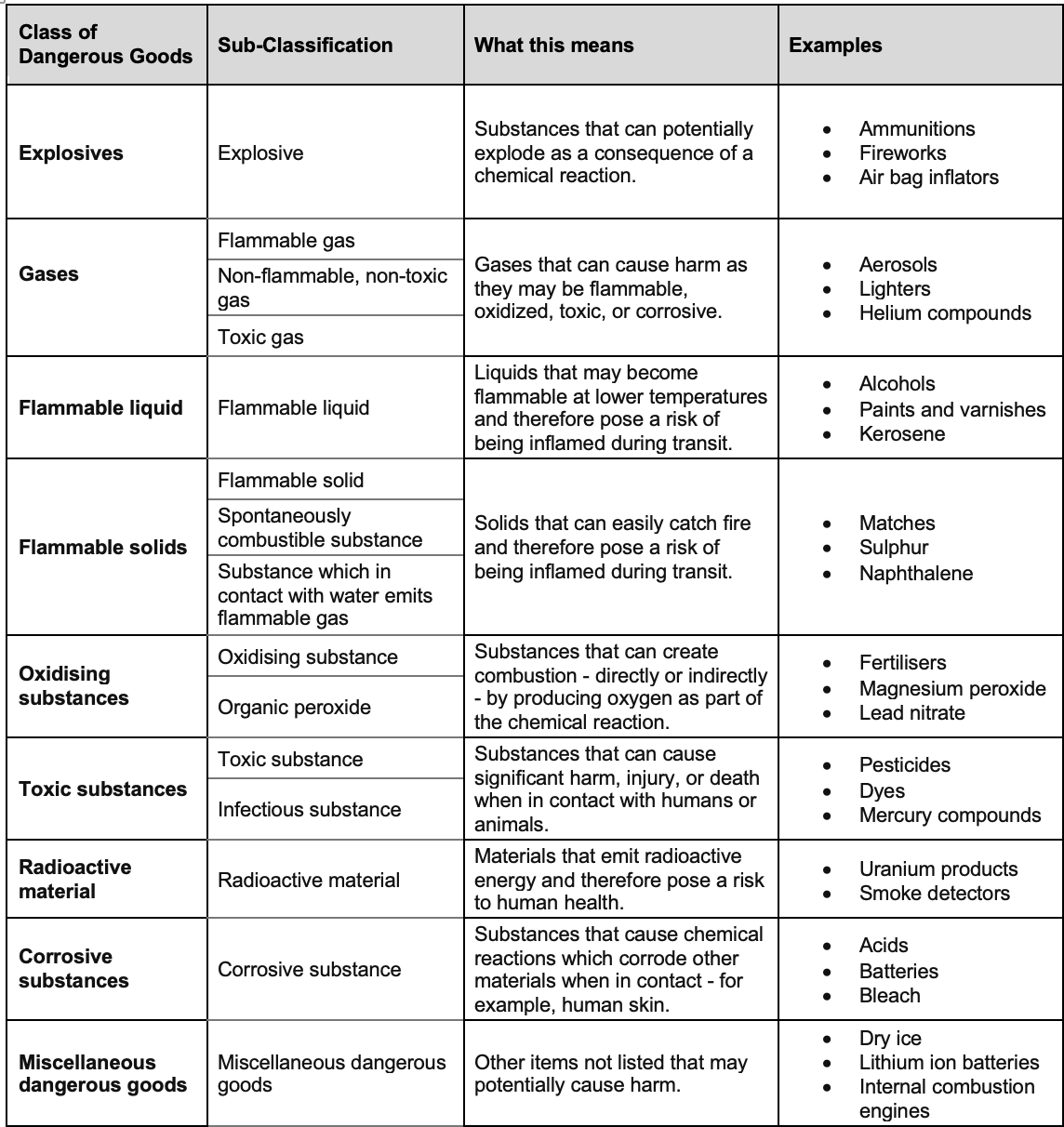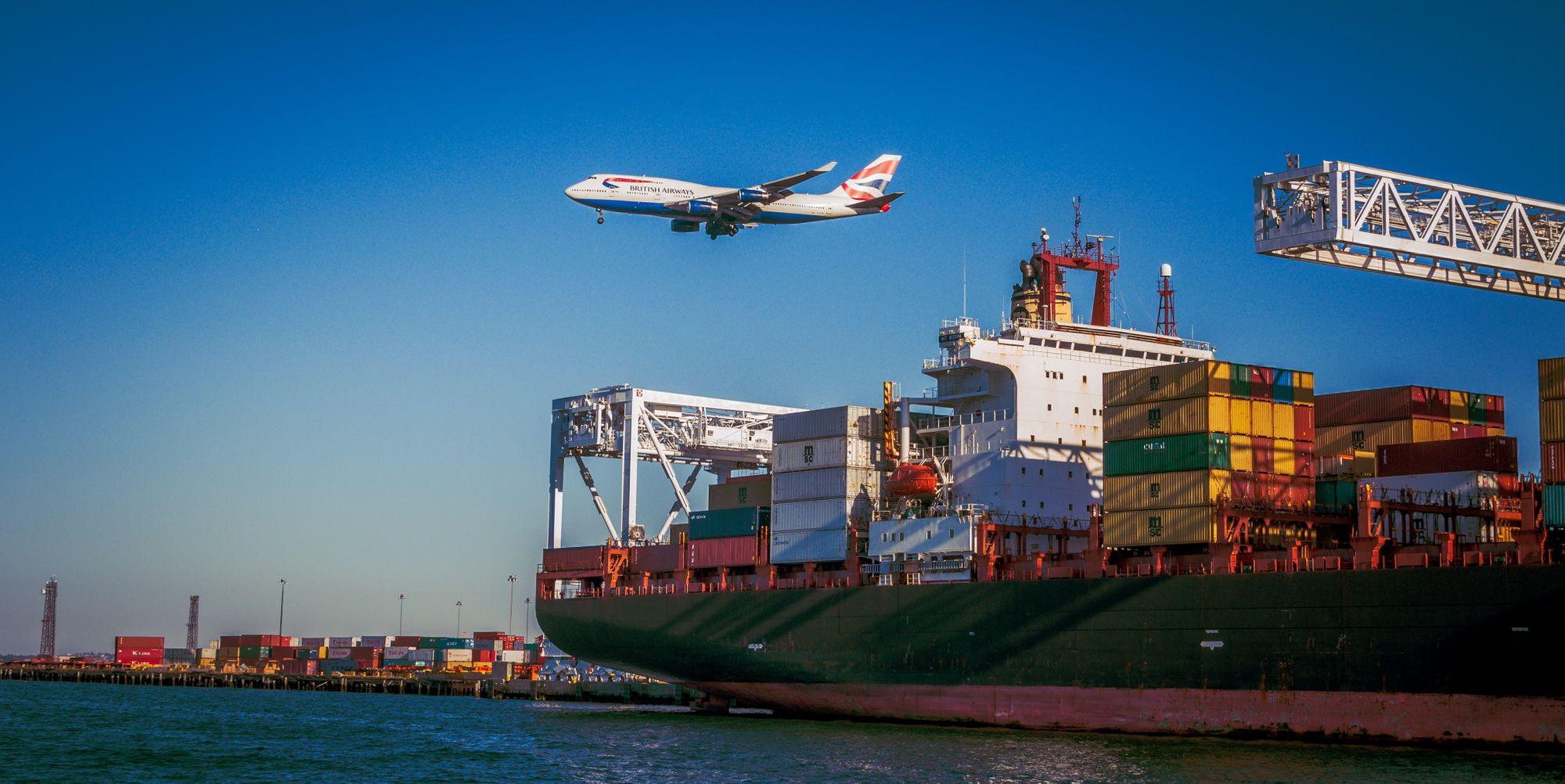So you’ve successfully set up your online shop and grew your domestic volumes - and now you’re wondering, should I start selling internationally?
For all of you who are considering selling abroad but may be feeling daunted about international shipping, we have created for you a checklist guide on international shipping. This comprehensive checklist includes helpful explanations and tools to guide you through your very first international shipping process.
There are 3 parts to the Checklist for International Shipping
- Part 1: Deciding whether to ship internationally
- Part 2: Getting set up on international shipping
- Part 3: Shipping & post-shipping
In today’s post, we will cover Part 1: Deciding whether to ship internationally.
Deciding whether to ship internationally
When making a decision on whether or not to ship your item internationally, there are 2 main aspects you need to evaluate.
- Check if the item can be shipped abroad
- Understand the costs involved in shipping abroad
Let’s take a look at each in more detail.
1. Check if the item can be shipped abroad
Not every item can be shipped abroad, so your first step should be to check if your item is allowed to be shipped abroad. This is dependent on both international regulations and the customs of the importing country.
A. Check if the item is restricted by the importing country
Every country has its own set of regulations on what can be imported into the country. Depending on the regulation, an item may be completely prohibited, limited in import quantity, or may be quarantined in customs for a longer period of time.
For a quick check, UPS has a tool that shows the country specific rules and regulations.
For a more detailed assessment, we encourage you to take a look at the importing country’s government/customs website. Here are some examples:
- Japan
- UK
- Singapore
B. Check if the item is listed as “dangerous goods”
Dangerous goods are items that may pose a health, safety, or environmental risk during transit. These items may not be dangerous in their normal states (e.g., perfumes containing alcohol), but may contain components that could pose a risk during transit (e.g., alcohol can be flammable) and therefore needs to be handled with extra precaution.
Being listed as one of the “dangerous goods” does not automatically mean you cannot ship the item abroad. You may still be able to ship it with certain shipping carriers (e.g., DHL, FedEx, UPS) under special transport and handling services. You will need to declare the item, and may need to incur additional shipping cost.
The United Nations Committee of Experts on the Transport of Dangerous Goods categorizes 9 major classes of ‘dangerous goods’. Take a look below to check if your item may be listed as one of them.

If your item is listed as one of the “dangerous goods” above, you will need to contact the shipping carrier of your choice to check what additional documentation and fees are required by the carrier.
2. Understand the costs involved in shipping abroad
Once you’ve clarified that you can safely ship your item abroad, the next step is to understand the costs involved in shipping abroad. This in turn, helps to answer some of these important questions later on:
- Does it make financial sense for you to ship the particular item to the destination country?
- What shipping carriers and delivery options should you use?
- How would you pay for duties and taxes?
As a start, it’s important to understand the 2 main types of costs involved when shipping abroad.
A. Cost of shipping and insurance
Cost of international shipping is determined by your choice of shipping carrier, delivery options, and insurance coverage. It’s good to do a quick initial check to understand potential costs involved, but you won’t have to go through this process each time (we’ll show you ways to simplify this in Part 2 and 3!).
Choice of shipping carrier: Shipping rate differs by the carrier, with postal carriers generally being cheaper, and express carriers being costlier, but faster and with better services. Most carriers offer a shipping calculator so you can quickly estimate the rates given the item size and weight, and the destination. Here are some examples:
- UPS Shipping Calculator
- FedEx Shipping Calculator
- Japan Post Shipping Calculator
Delivery options: Your choice of delivery time (e.g., standard or express) has a significant impact on cost. In addition, choosing a delivery option with tracking also increases your cost - however, as many customers expect tracking service, you would most often need to choose a delivery option that has tracking.
Insurance coverage: If you’re shipping something valuable, or you’re concerned about potential damage during transit, you might like to consider getting a shipping insurance to cover you against potential loss. For most global express carriers, there is automatic shipping insurance by default (around USD 100), but you may choose to purchase additional insurance for extra coverage. For example, Japan Post includes insurance of up till JPY 20,000 by default, above which, you can pay for additional coverage in multiples of JPY 50.
B. Duties and tax
When you ship internationally, you will often need to pay for import duty depending on the importing country, and the item you’re shipping.
Import duty is the tax charged by the importing country for the item you import into the country, and it serves to encourage or safeguard domestic industry. Do note that import duty refers to the amount of money that is charged as import tax, while tariff refers to the percentage of tax that is applied. In other words, import duty is the absolute value of tax payable, while tariff is the percentage.
In addition, another type of tax that may be applicable in the importing country is the Value Added Tax (VAT) or otherwise known as Goods and Services Tax (GST). This is a consumption tax that is applied upon sale of the goods at the destination country.
To get an idea of what duties and taxes may apply for your item, take a look at this duty calculator.
Once you get a sense for the end-to-end shipping cost by looking at the above factors, compare this cost with the price of your item. Relative to the item’s price, would you, or your customers, be willing to pay for the cost of shipping? If yes, note down the possible choices for shipping carriers and delivery options that you’ve researched earlier. This will come in handy as you get set up on international shipping - which we’ll cover in Part 2 of this series.
Summary
Checklist for International Shipping: Deciding whether to ship internationally
1. Check if the item can be shipped abroad
❑ Check if the item may be restricted by the importing country
❑ Check if the item is listed as “dangerous goods”
2. Understand the costs involved in shipping abroad
❑ Check the cost of shipping and insurance
❑ Check the associated duties and tax
We hope you find this helpful! Stay tuned for the continuation of our Checklist for International Shipping in the subsequent weeks, with “Part 2: Getting set up on international shipping” and “Part 3: Shipping & post-shipping”.
About Ship&co
Ship&co is a global shipping platform designed by and for e-commerce sellers. Created by the team behind Bento&co, who have been selling on Shopify since 2008, Ship&co provides a simple and easy-to-use web dashboard and shipping API. Ship&co helps online sellers ship packages faster by automatically syncing orders and creating shipping labels and invoices in minutes. With Ship&co, you can create shipping labels for FedEx, UPS, DHL, NinjaVan, Yamato, Sagawa, and more, with just two clicks to complete the process and mark your orders as shipped. For more information on Ship&co, visit shipandco.com or reach out to us via [email protected] !

